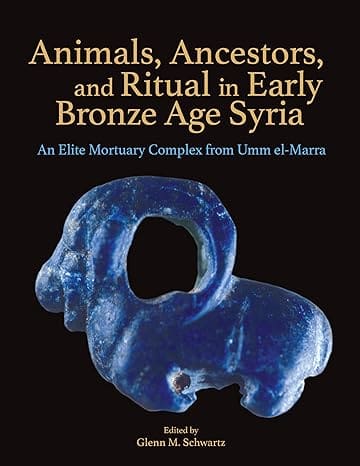
-
Glenn M. Schwartz
(editor)
-
Cotsen Institute of Archaeology Press ,2024
- Purchase Online
Animals, Ancestors, and Ritual in Early Bronze Age Syria: An Elite Mortuary Complex from Umm el-Marra, edited by Johns Hopkins professor Glenn M. Schwartz, is a final report of the excavation of Early Bronze Age remains at Tell Umm el-Marra (perhaps ancient Tuba) on the Jabbul plain of northern Syria, conducted 1994–2010. In the Early Bronze Age, urban, complex societies first emerged in Syria. By focusing on a “second tier” urban center, the work at Umm el-Marra complements results from larger, better-known early cities such as Ebla, Mari, and Brak. Especially significant at Umm el-Marra is the large elite mortuary complex raised up in the center of the community. In this complex, tombs with human remains and objects of gold, silver, and lapis lazuli were accompanied by the burials of high-prestige animals (donkey x wild ass hybrids, known as kungas).